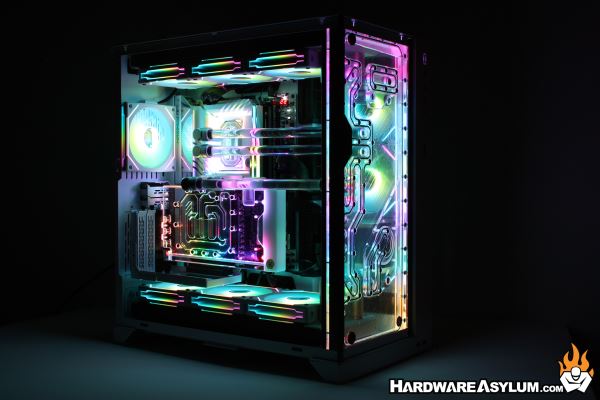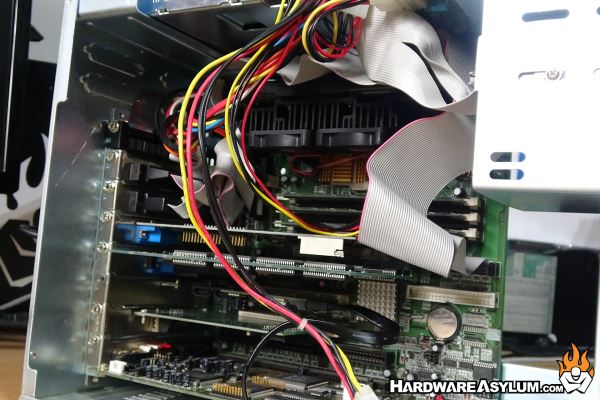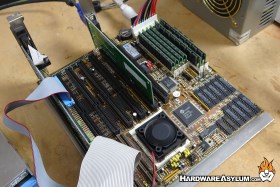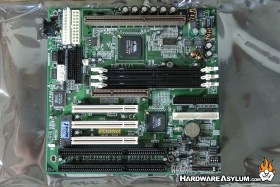You are Building Your PC Wrong
Author: Dennis GarciaIntroduction
On a recent Hardware Asylum Podcast episode we featured the topic of building computers and, while this is not a new topic for us, I brought up the notion that hardware makers are taking advantage of us and offering design solutions that are no longer optimal. While this could be considered a nitpick I feel that building a PC has always been a balance between cost, performance and finding the right mix of hardware for what you are wanting to accomplish. When the available options become too complicated or too similar it generates confusion and can lead to bad builds.
This article will focus mostly on motherboard design but will touch on the technologies and hardware that heavily influenced how the product was built. Many of the boards you can buy today were directly influenced on feedback from the PC Hardware Community while others were a direct response to trends in the industry.

Recent Hardware Asylum Build featuring the Lian Li O11 ROG Edition, ASUS ROG Z790 Apex, ASUS ROG Strix RTX 4090 OC and cooled by an entire EK Quantum DIY Loop.
Before I dive too deep into my theory, I wanted to bring up some historical context and even directly reference some of my motherboard reviews. This will help you understand why this is such a big deal and why the Computer Hardware Enthusiast community is to blame.
Many of you may have noticed that I have started posting Retro PC articles and projects on Hardware Asylum. I started this mostly to fill the void during the Global Shutdown and Chip Shortage. For me I find motherboards to be quite fascinating and over my 20+ years reviewing computer hardware I still find some of the classics to be the best out there and, while they may be considered “Retro” that is also where I cut my teeth and caught the bug.
AT and Baby AT motherboards started the DIY PC Movement. OEM PC builders consisted of IBM, Tandy and a few others and while you could get a decent machine from them the real power of the PC was in aftermarket components and expansion. If you had the desire, you could easily assemble your own PC and the environment was such that you could continually upgrade your build for considerably less money and get a much more powerful computer as a result.
Motherboards during this era were extremely bare and focused on Processor, System Memory and Expansion Slots. The intention was, if you wanted to interface with a hard drive you needed to install a controller card, if you wanted to have a video terminal you needed to install a video card, etc..
Early Intel 486 motherboard with LVB slots + Baby AT Intel Pentium Slot 1 motherboard

Pentium III Slot 1 build on Baby AT motherboard in Mini Tower chassis
This level of customization is what created the segmentation between a Desktop Computer and Workstation. It also coined the popular phrase “It depends on what you plan to do”. If you plan to play games you will want a fast video processor but, if you were doing CAD you may want a graphics card that supports higher resolution. While this seems like a simple concept the real difference between them was a MAJOR cost investment.



